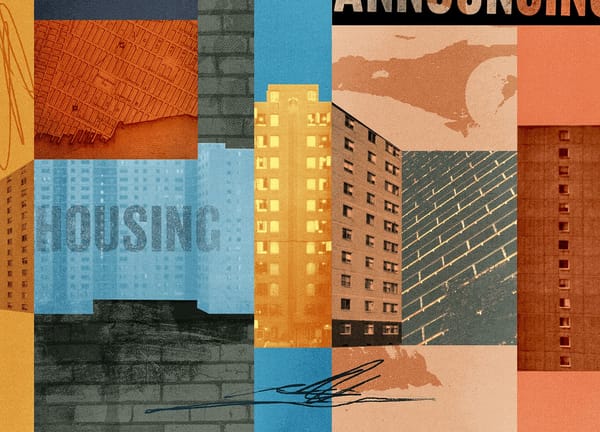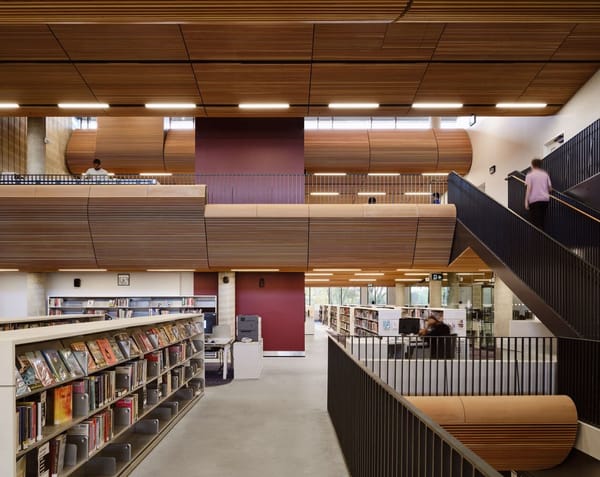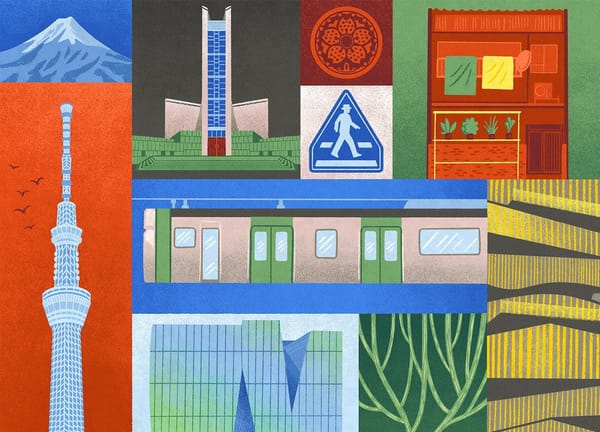Postcards from the Edge
Organizer and writer Matt Hern reports from the new suburbs
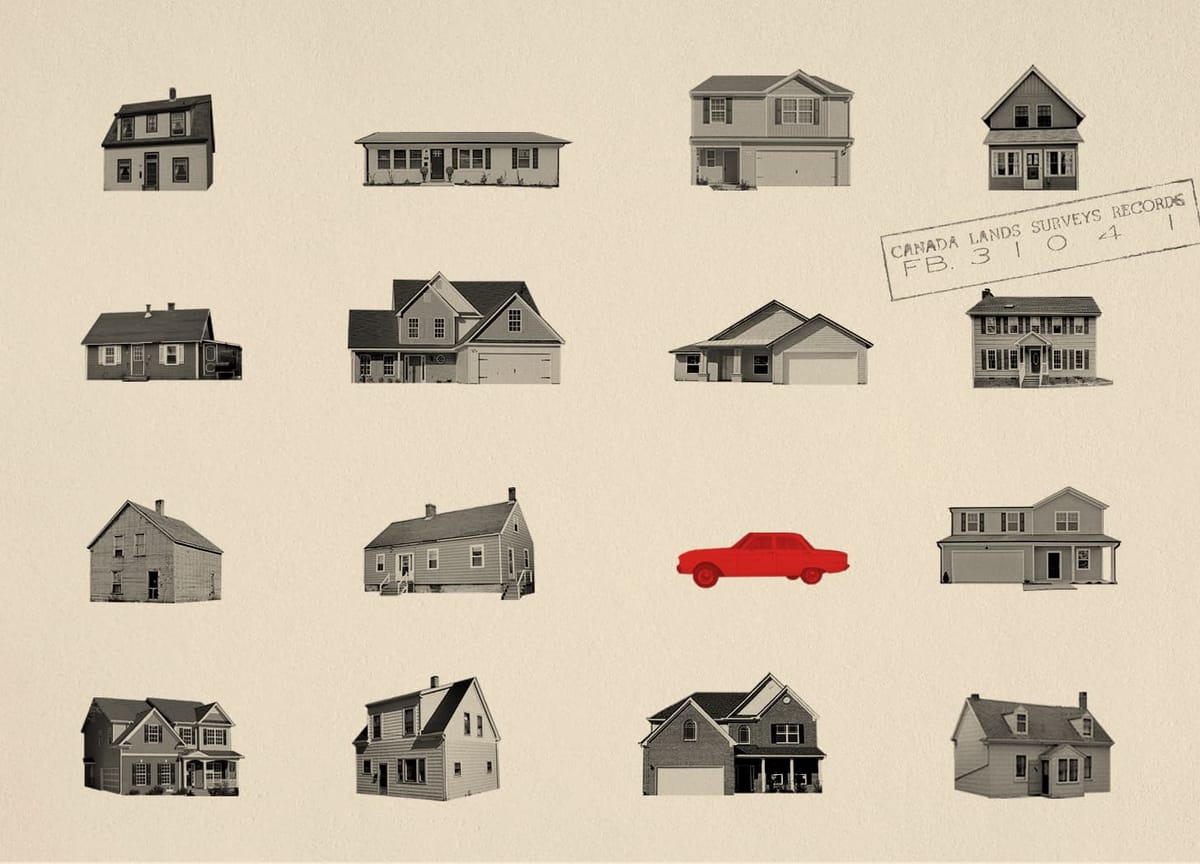
Hi everyone,
This week, a short consideration of a book about “the new politics of suburbs.” I live in the west end of Toronto and orient myself toward nearby suburbs like Mississauga and Brampton as often as I do toward downtown. After reading this book, I know a little more about why, and I want to find the scholars digging deeply—the people doing for twenty-first century suburbs what, for example, historian Thomas Sugrue did for post-WWII Detroit in his canonical book The Origins of the Urban Crisis. I’m going to begin with the notes at the back of this book, but I welcome recommendations from anyone reading this issue. Just hit reply or comment below.
Until next week,
Brian
Open-ended questions from Outside the Outside worth pondering
- “What is to be gained by naming this the center and that the periphery?”
- “How can we build new ways of seeing the city and urban organizing?”
- “Can sub-urban patterns of displacement and banishment nurture a new politics from below?”
🔗 Good Links
- 👩🏻💻🕸️ Some favorite websites submitted last week by readers: Garry Ing’s “A view-source web”; James Taylor-Foster’s homepage; Is It Friday Yet?; Low-Tech Magazine; Shea Fitzpatrick’s homepage
- 📸🗽 “A light went on inside my skull: the story here was not about people. The Destruction of Lower Manhattan popped out whole.” The inimitable Danny Lyon on photographing a lost New York.
- 🌳💧🏛️ “A radical British politics rooted in nature is spreading—and the establishment doesn’t like it”
- 🏚️🪤 In The New Republic, Caitlin Zaloom on another new book: “How the Suburbs Became a Trap”
- 🚗🚫 The editors of Scientific American argue that “we need to make cities less car-dependent”
- 🧱🌿 If you enjoyed my recent interview with Terremoto, you’ll also appreciate this NYT profile of Philadelphia-based landscape designers Apiary Studio
Postcards from the Edge
“Urbanist arguments for what a ‘good’ city looks like are not descriptive; they are prescriptive, and mostly designed to lock certain kinds of power in place,” writes Matt Hern near the end of Outside the Outside: The New Politics of Suburbs (buy in the US or in Canada). That power, he argues clearly, is racialized capitalism. This short book is his attempt to point out how rapidly changing suburbs offer a way for urbanists to see and think beyond capitalism’s grip on our imaginations, our tendency to consider present conditions inevitable. As he puts it in the next line: “There’s no requisite arc from hunter-gatherer society to village to town to city to megalopolis to smart city or whatever.”
That mix—a refusal to accept standard narratives and the casual tone implied by “or whatever”—characterizes the book as a whole. Outside the Outside is a kind of radical-urban-theory travel writing, blending insights from Hern’s decades working as an organizer and activist in Vancouver and short glosses of academic papers with brief, on-the-ground reports from Portland, Oregon, Ferguson, Missouri, Rabat, Morocco, and London, England. In each place, he is hosted by fellow activists or academics, with whom he spars over whether his observations of Surrey, just southeast of Vancouver, can be usefully generalized to urban peripheries around the globe.
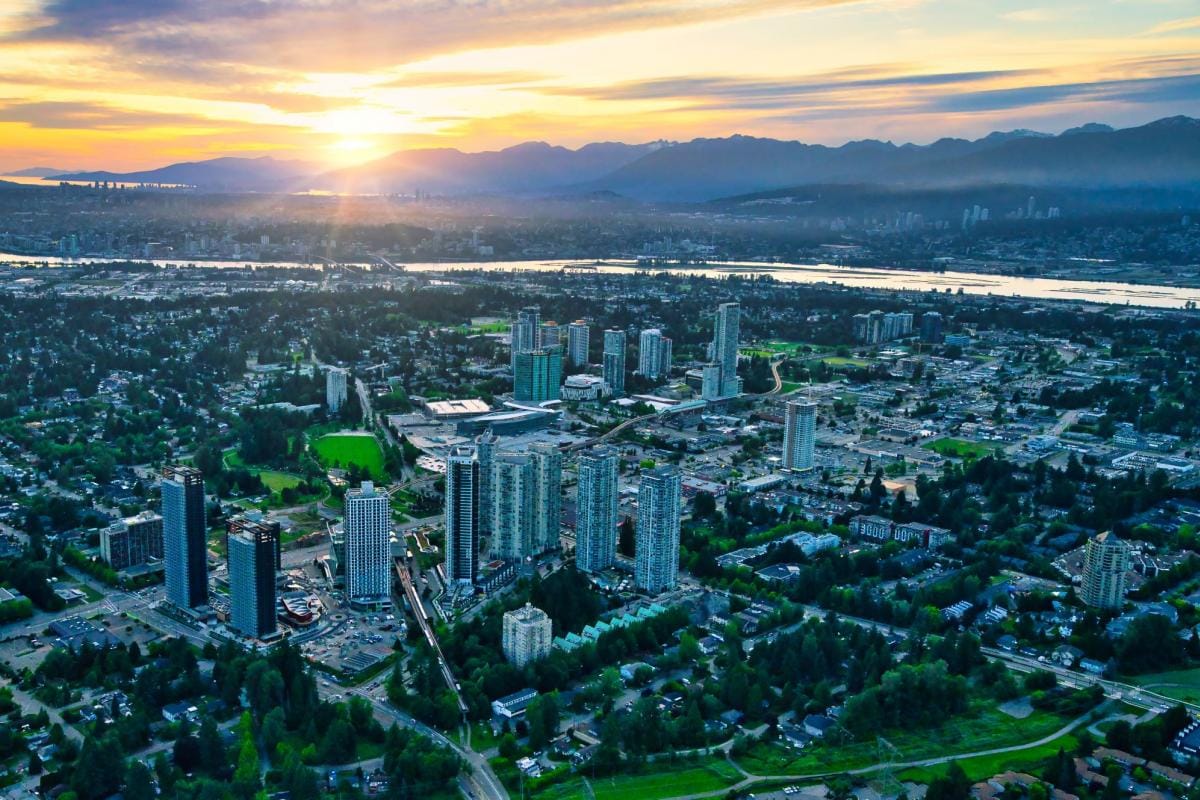
The facts themselves are striking, and underscore how inappropriate our white-picket mental pictures have become. As Hern and the scholars he cites note, the populations of many suburban communities will soon outstrip the metropolises they orbit, and, in recent years, American suburbs became home to more poor residents than cities. “What we in North America reflexively speak of as suburbia is a very temporally and spatially specific phenomenon,” he writes, “which we are now witnessing the dismantling of.”
What comes next is hard, at this point, for him to say. Throughout the book Hern uses sub-urban instead of suburban, though in a recent interview he describes it as “a bit cutesy for my liking.” The hyphenated term represents “a constellation of settlements outside city-wall borders that are positioned (both within and from afar) to be distastefully ‘less than,’ the sub [to the] urb in both class and race.” Hern attempts to find language to describe the phenomena he’s observing. At one point he suggests fidelity, though he doesn’t follow through with a robust definition. Throughout, he leans on fractured. The term is used partly to imply that the economic, political, and social processes that eject poor and working-class people from urban centers vary from place to place and partly to describe the messy land-use and transportation patterns that result. But, as Hern himself would note, the term eject has a political valence, and the book is an attempt to value movement, a less loaded term.
In that same interview, Hern describes Outside the Outside as a provocation, and it achieves two of the three goals he sets out for himself: to “cast a different light on urban peripheries” and to “reimagine what we talk about when we talk about ‘the city.’” His third goal is both more ambitious and more vague: “I want suburban theory,” presumably like the kind offered in this book, “to brazenly contribute to revolt and refusal. […] I want scholarship and research to actively contribute to a radically transformed set of social relations in the sub as much as the urb.”
It’s far too soon to judge that ambition, which requires both a sharper definition and theorizing from more places that have been engaged with more deeply than Hern’s travels permitted. I still don’t have a clear mental picture of Surrey, the place that sparked this book. Nonetheless, Hern is clearly stirred by what happening, there and elsewhere: “what I have found and keep finding here, and in every city I visit, are new (or at least new to me) and creative forms of social organization.” It’s to his credit that, after reading Outside the Outside, I feel the urgency in one of his many open-ended questions: “What if suburbs are not bereft, sad places of refuge that people have fled to, but vibrant places of refusal and regeneration?”


